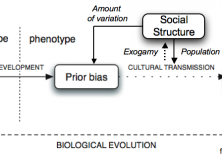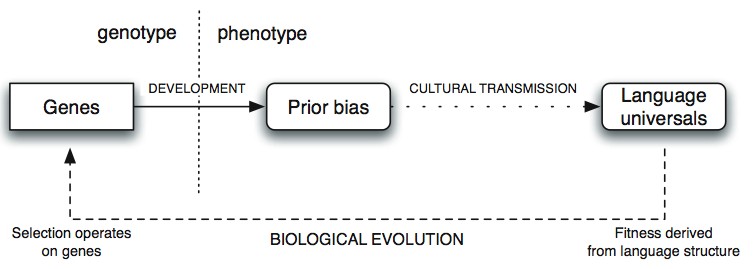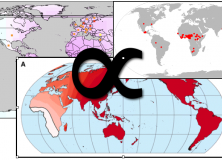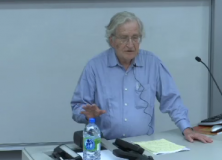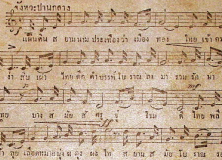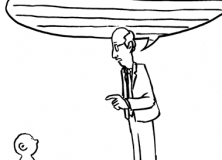The program for the 9th Evolution of Language conference has been published (here).
It’s a jam-packed schedule: Eleven plenary talks, four parallel sessions of ordinary talks (only 15 minutes + 5 for questions) and over 50 posters. There are also five workshops the day before the main conference.
I’ve also been given the titles of talks appearing in the workshop on constructive approaches to language evolution, although not the authors:
- Evolution of word frequency distribution based on prediction dynamics
- Constructive knowledge: Nomothetic approaches to language evolution
- An evolutionary game model of building a language convention in a language contact situation
- Reconsidering language evolution from coevolution of learning and niche construction using a concept of dynamic fitness landscape
- Language diversity in the naming game on adaptive weighted networks
- Synthetic modeling of cultural language evolution
- A simple model on the evolution process of herbivore-induced plant volatiles
- Hybrid approach for combining multiple levels of abstraction
- From signs’ life cycle regularities to mathematical modelling of language evolution: explaining the mechanism for the formation of words’ synchronous polysemy and frequency of use distributions
I’m intrigued to find out what “herbivore-induced plant volatiles” can teach us about Language Evolution.
There are a few talks by members of Replicated Typo:
Talks
- The Evolution of Morphological Agreement – Richard Littauer
- Constructive knowledge: Nomothetic approaches to language evolution – Sean Roberts and James Winters
Posters
- Cognitive Construal, Mental Spaces and the Evolution of Language and Cognition – Michael Pleyer
- Re-Dating the Loss of Laryngeal Air Sacs in Homo sapiens – Richard Littauer (an extension of this work)
- A Bottom-Up Approach to Language Evolution – Sean Roberts




